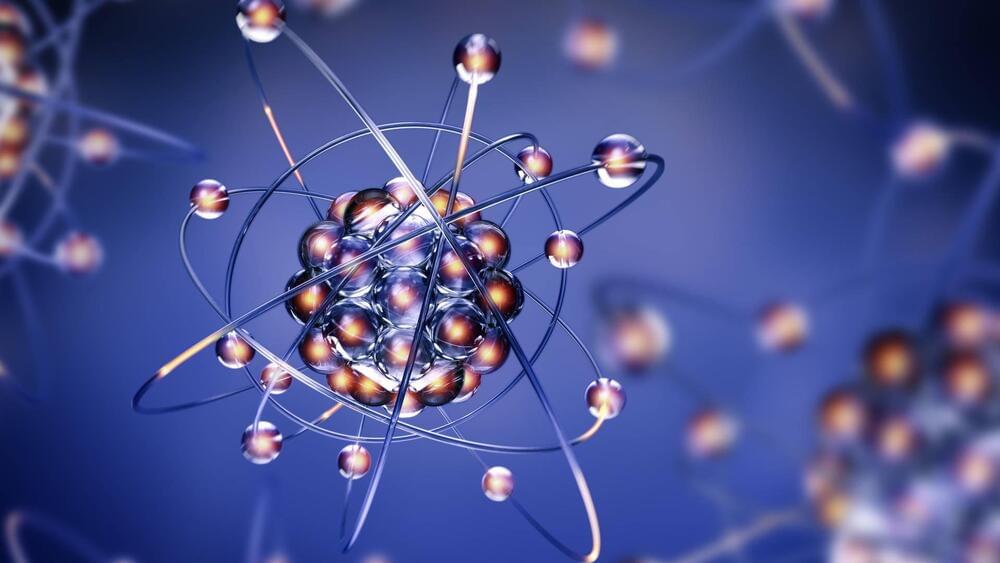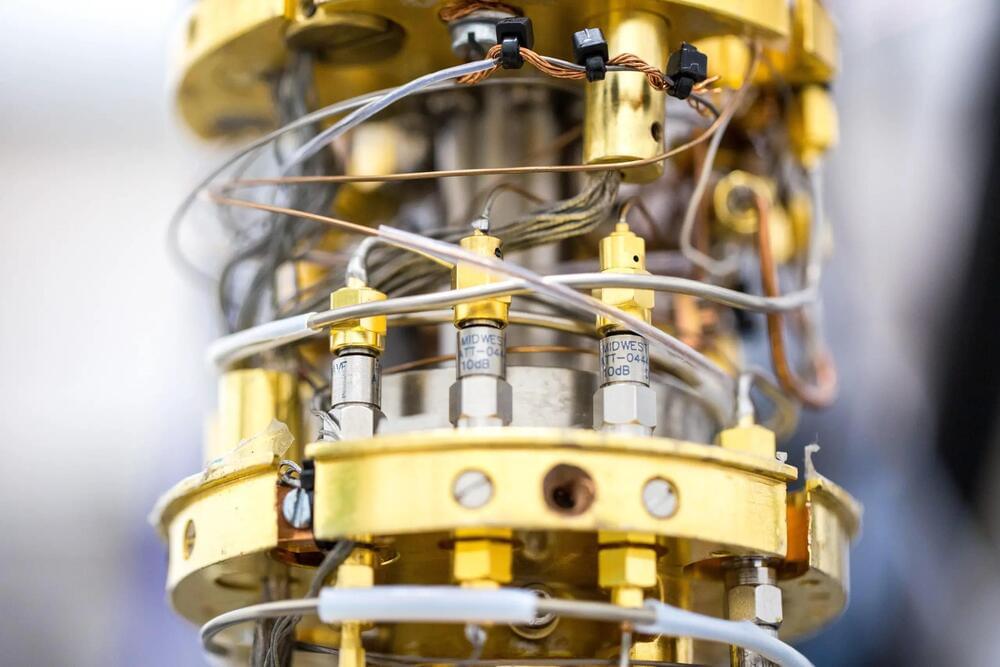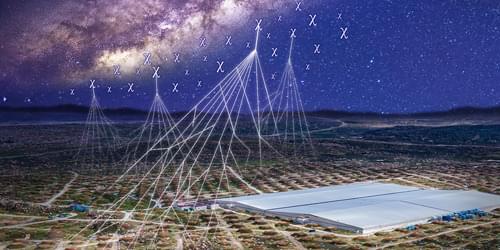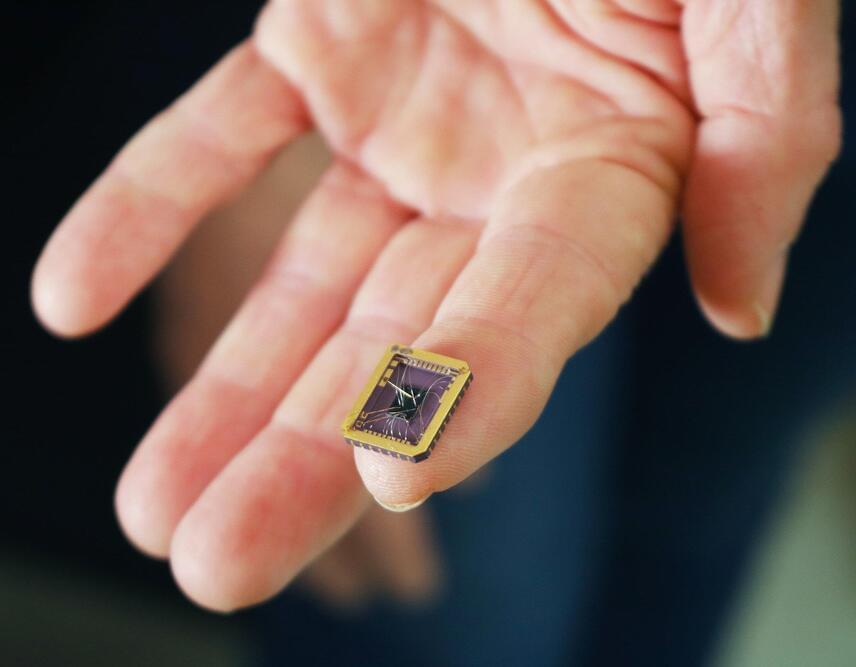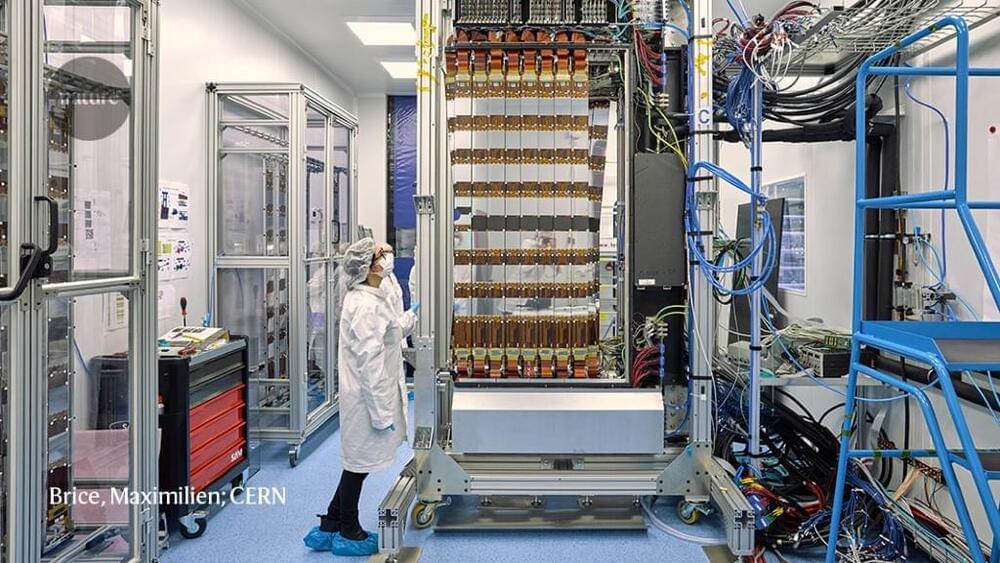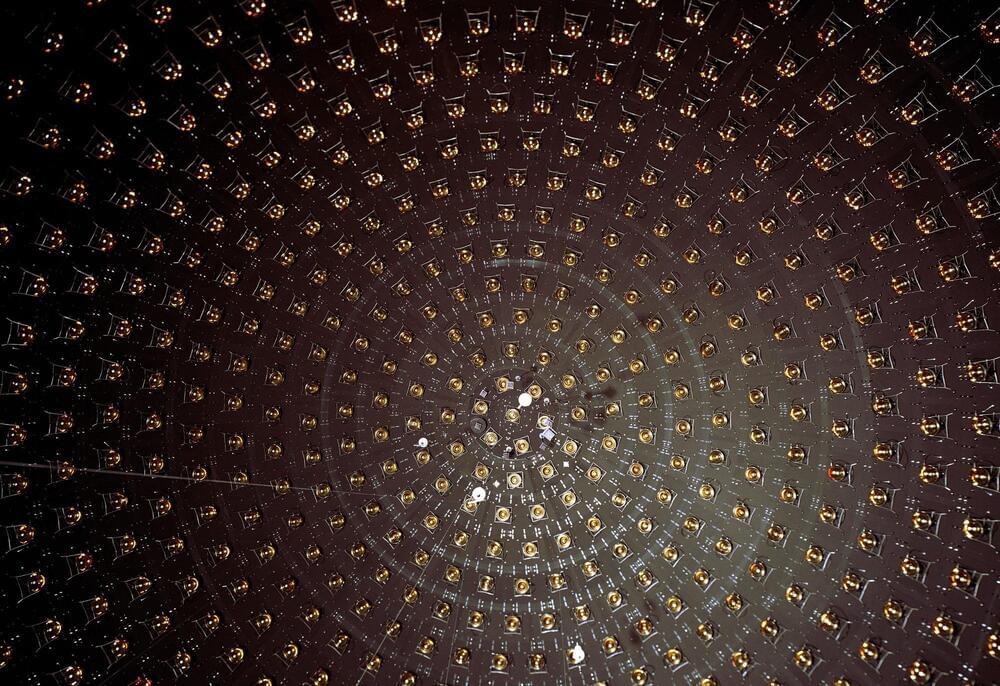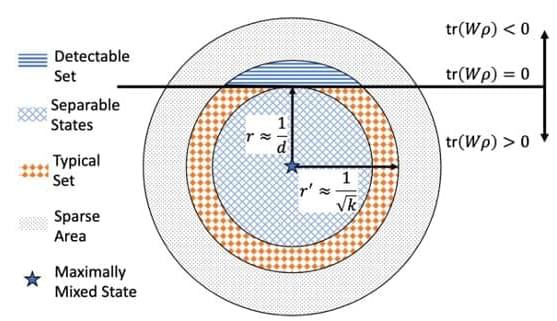“My first impression is that the analysis is much more robust than before,” says Florencia Canelli, an experimental particle physicist at the University of Zurich in Switzerland who is a senior member of a separate LHC experiment. It has revealed how a number of surprising subtleties had conspired to produce an apparent anomaly, she says.
Renato Quagliani, an LHCb physicist at the Swiss Federal Polytechnic Institute (EPFL) in Lausanne, reported the results at CERN on 20 December, in a seminar that also attracted more than 700 viewers online. The LHCb collaboration also posted two preprints on the arXiv repository1,2.
LHCb first reported a tenuous discrepancy in the production of muons and electrons in 2014. When collisions of protons produced massive particles called B mesons, these quickly decayed. The most frequent decay pattern produced another type of meson, called a kaon, plus pairs of particles and their antiparticles — either an electron and a positron or a muon and an antimuon. The standard model predicted that the two types of pairs should occur with roughly the same frequency, but LHCb data suggested that the electron-positron pairs occurred more often.
